Milan Kumar Global CIO WABCO Automotive
By MYBRANDBOOK
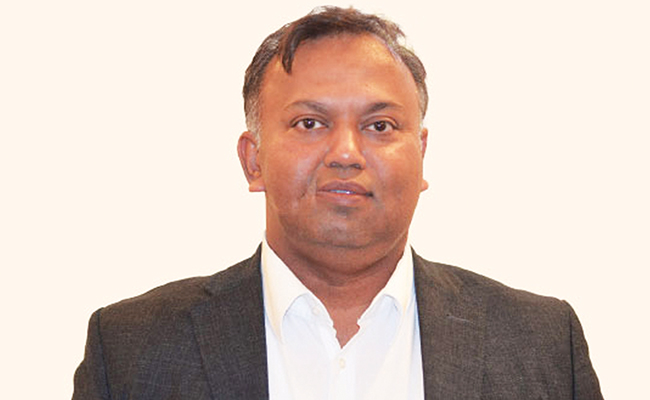
Redefined CIO role
To ensure that your organisation plays a disruptor (and not getting disrupted), Digital transformation plays a comprehensive role. For this, the CIO needs to shed its conventional role and focus on the business perspective more than ever before. A strategic high level of collaboration with different business unit heads and senior departmental managers is required. Given this, the CIO has the following responsibilities - conceptualise a digital future using industry trends and experiences, embed IT skills into other departments to enable quick learning on the job, implement a common technology platform for easier understanding by all employees, plan for training and development to make digital learning a reality, seek external expertise and skills plan the roadmap for business growth.
The CIO has to assume digital leadership in educating the C Suite about different business opportunities that technology can provide.
Innovations resulting into ROI
IT organizations have to innovate or perish. As a consequence, CIOs have to innovate continuously to keep abreast with the latest and emerging technologies like virtualization, robotics, gamification, etc. that can get hotter over the next few years. Innovation has to be supported by an executive commitment in order to realize a solid ROI for the investments done in innovative projects.
Apart from this, end-customers have to be reached in new profitable ways. For this, CIOs need to enhance transparency and integration by using leading edge technologies. Additionally, costs need to be controlled by way of simplifying processes, standardizing and reusing IT components, trying to justify the use of third-party services in order to earn economies of scale.
Key Priorities
At an organizational level, the CIO needs to focus on key areas like - Cybersecurity and Data protection, Reducing Technical Debt, Automation of resource intensive processes and Digitization of the Supply chain.
“Risk management is a key area when it comes to adopting new technologies. The organization should have a well-defined risk management leadership at the core with a high level of credibility and funded sufficiently. Secondly, the technology risk function needs to permeate through different areas of the organization. It needs to interact with other key departments like strategic planning, innovation and IT.”


Download masked Aadhaar to improve privacy
Download a masked Aadhaar from UIDAI to improve privacy. Select masking w...
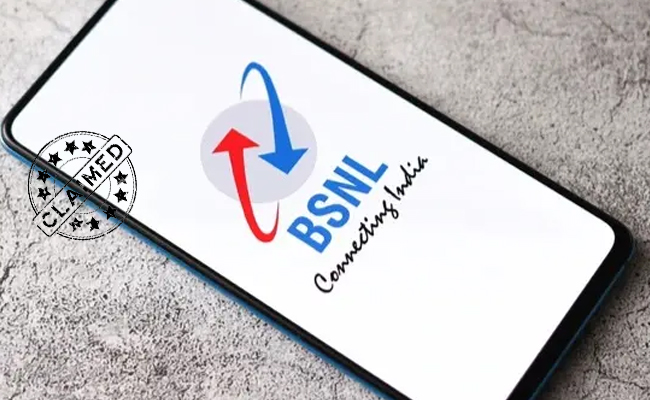
Sterlite Technologies' Rs 145 crore claim against BSNL rejecte
An arbitrator has rejected broadband technology company Sterlite Technolog...
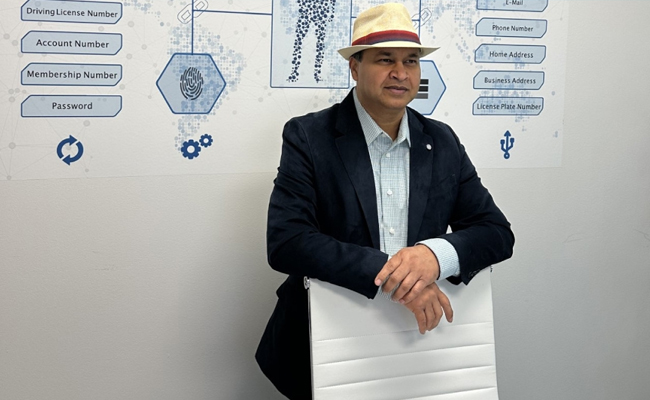
ID-REDACT® ensures full compliance with the DPDP Act for Indi
Data Safeguard India Pvt Ltd, a wholly-owned subsidiary of Data Safeguard ...

Happiest Minds brings in an innovative GenAI chatbot
Happiest Minds Technologies has announced the new GenAI chatbot - ‘hAPPI...

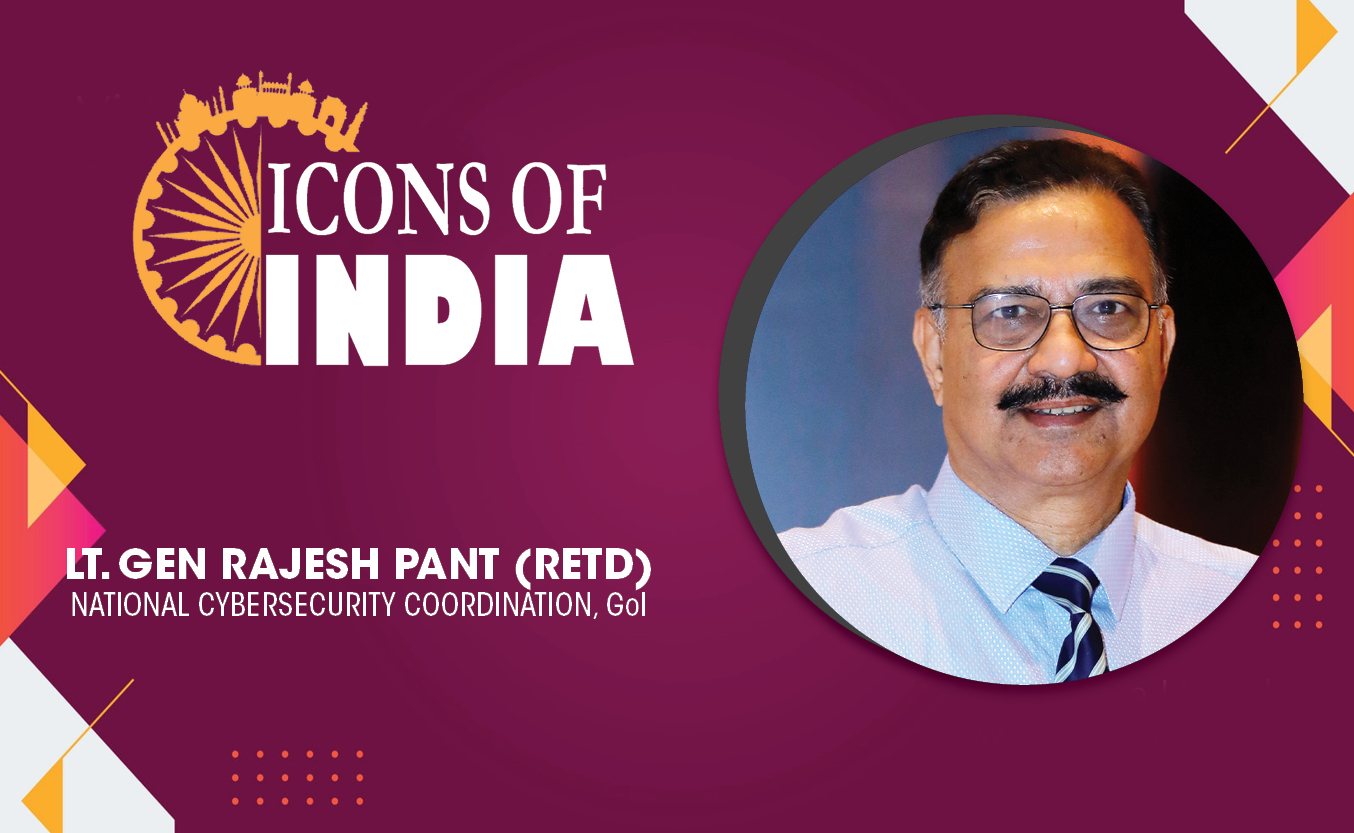
Technology Icons Of India 2023: Lt Gen (Dr.) Rajesh Pant (Retd.)
LT Gen(Dr.) Rajesh Panth (Retd.), National cyber security coordination...
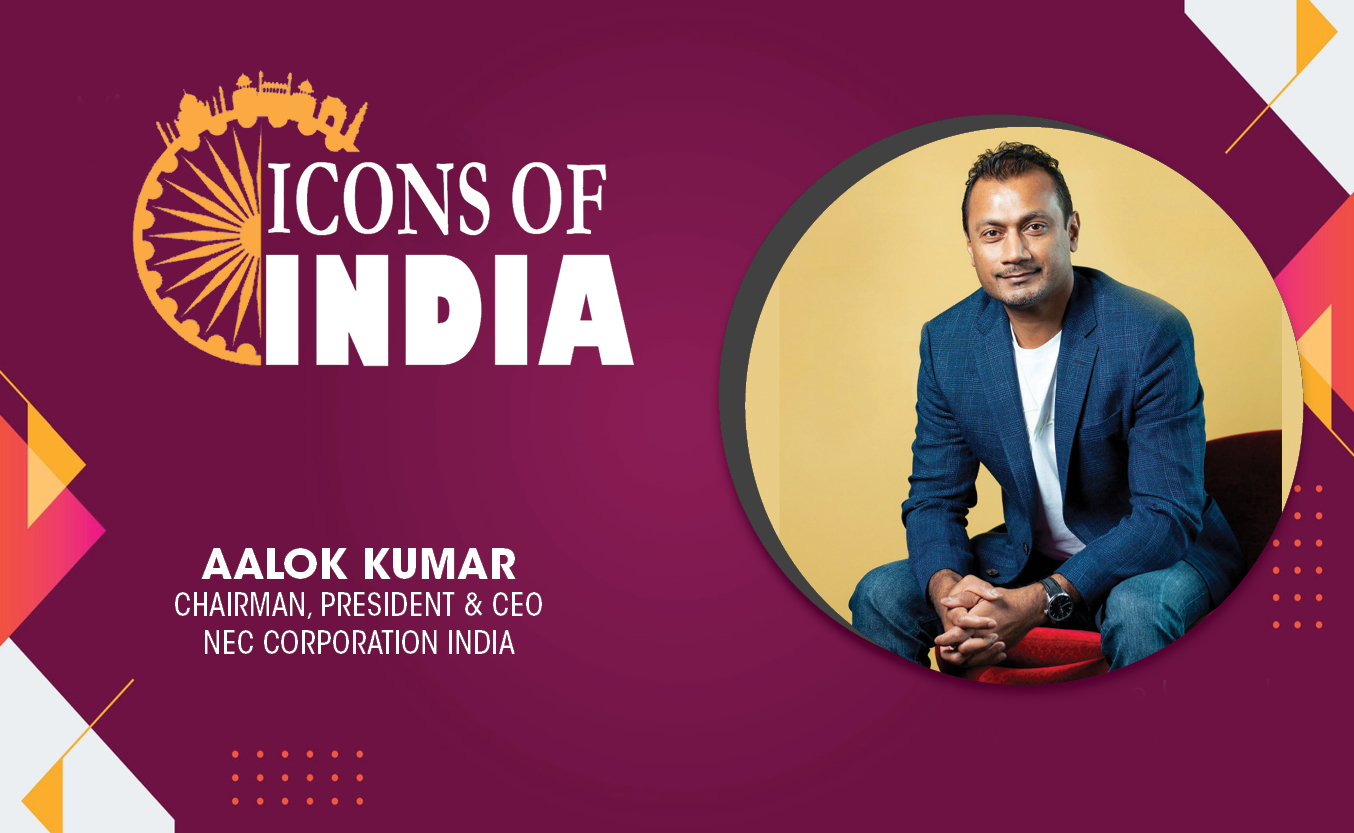
Technology Icons Of India 2023: Aalok Kumar
Aalok continues to lead the India business and further strengthen Indi...
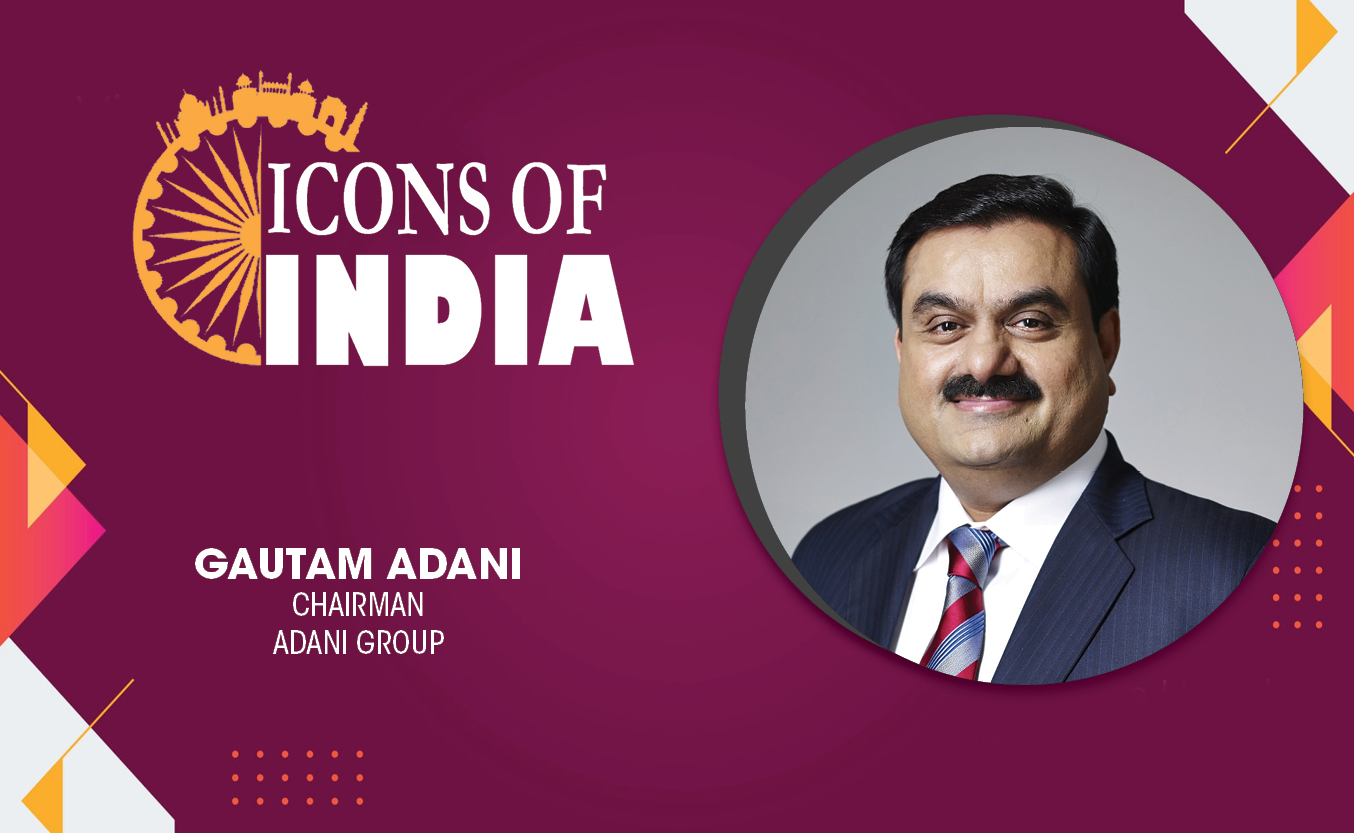
Technology Icons Of India 2023: Gautam Adani
Gautam Adani is the Founder and the Chairman of the Adani Group, an In...

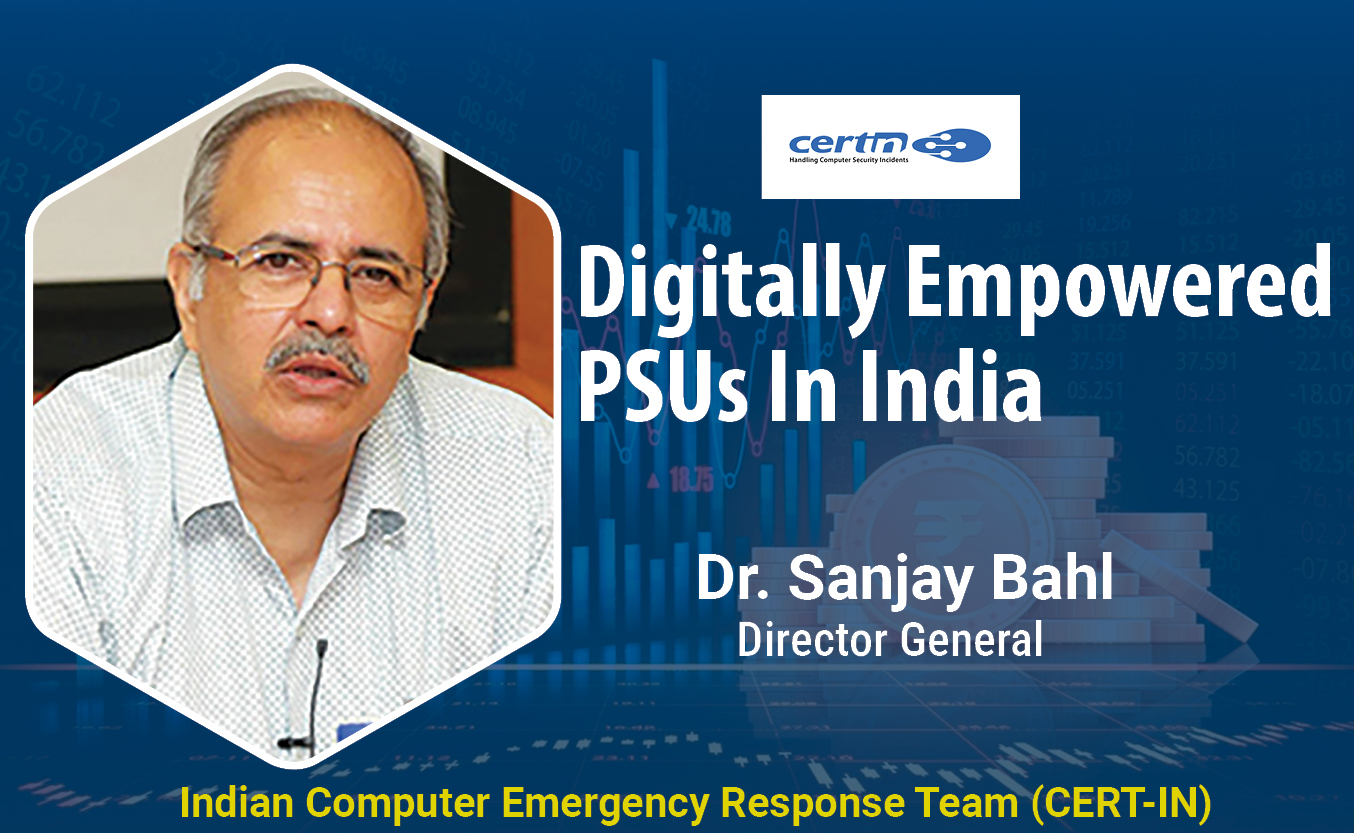
CERT-IN protecting the cyber security space of India
CERT-In serves in the area of cyber security threats like hacking and ...
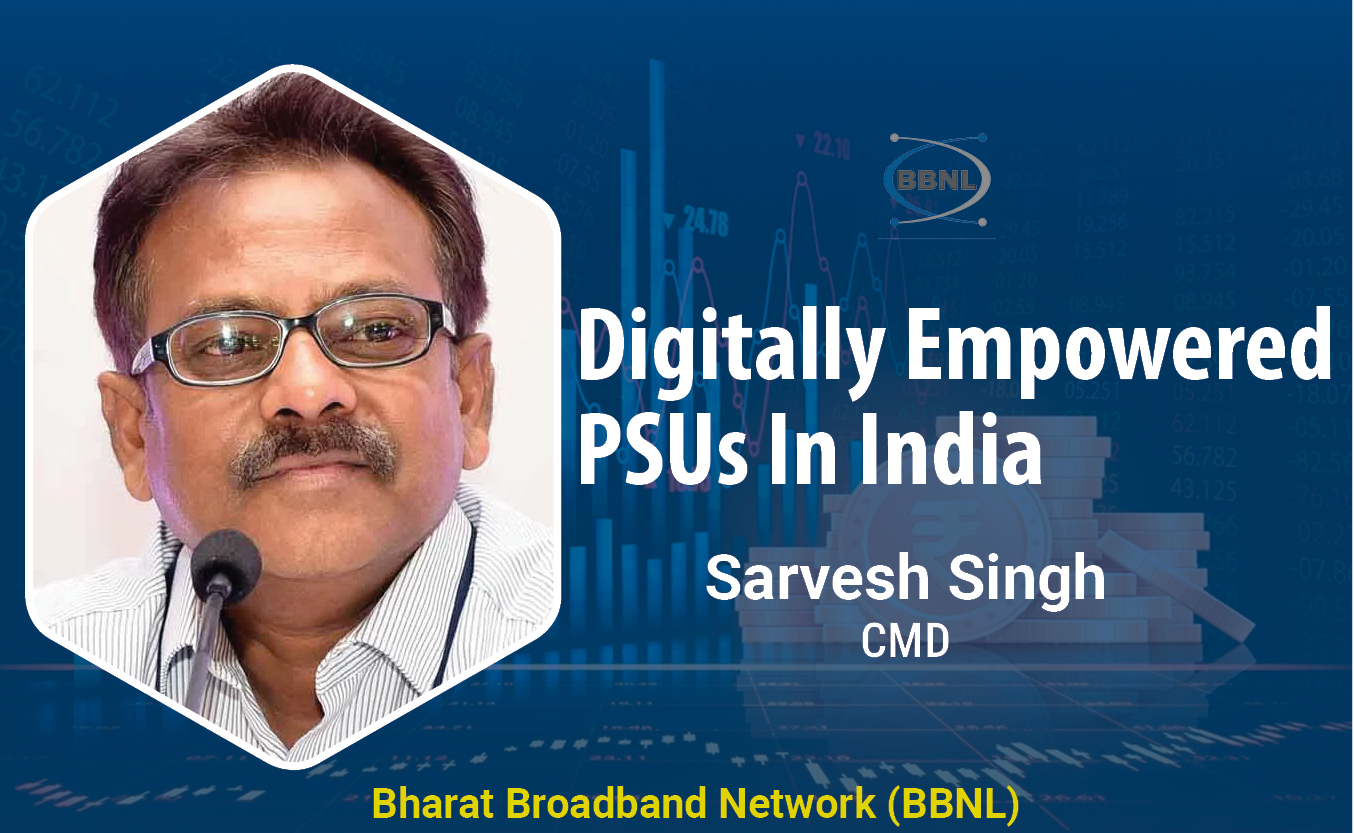
BBNL empowering rural India digitally
BBNL provide high speed digital connectivity to Rural India at afforda...
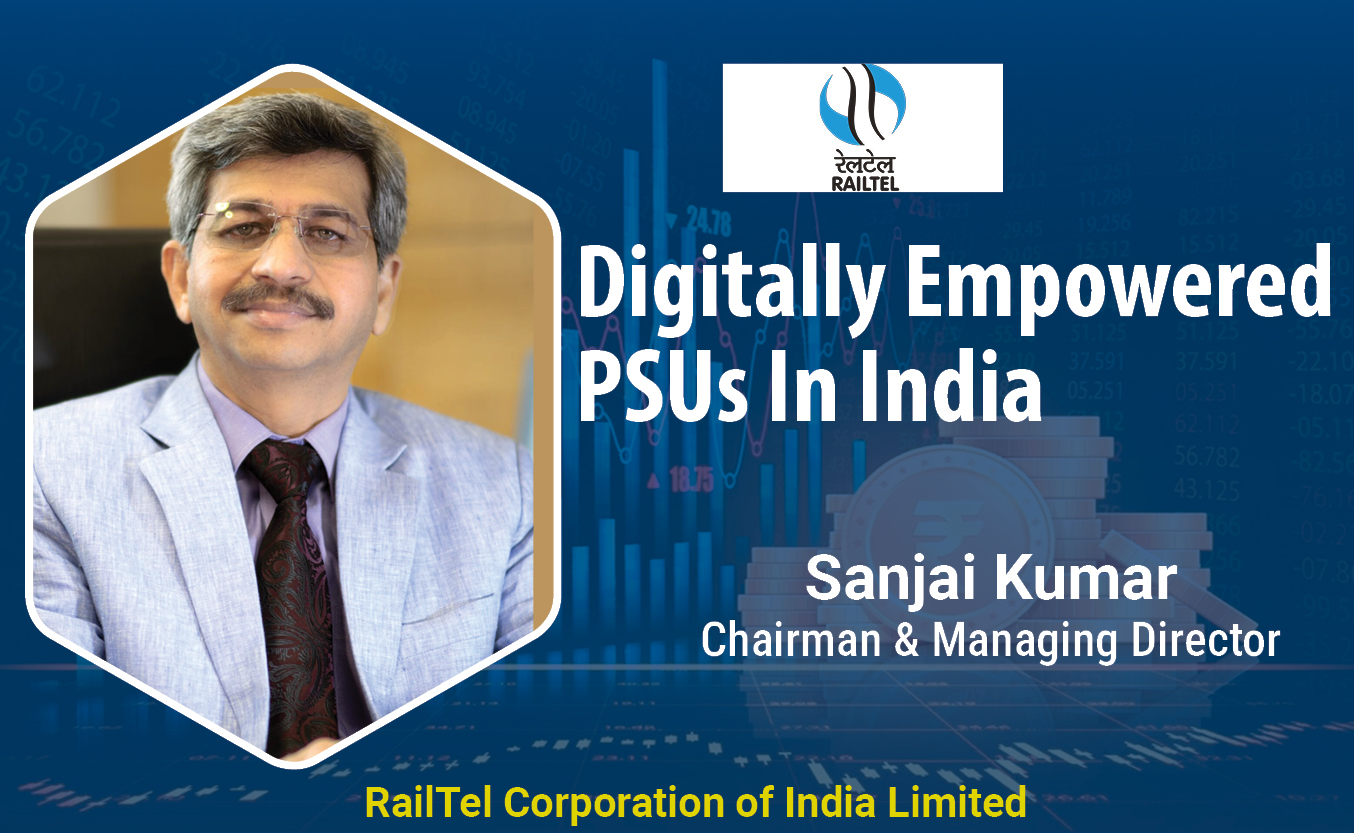
RailTel connecting every corner of India
RailTel is an ICT provider and one of the largest neutral telecom infr...

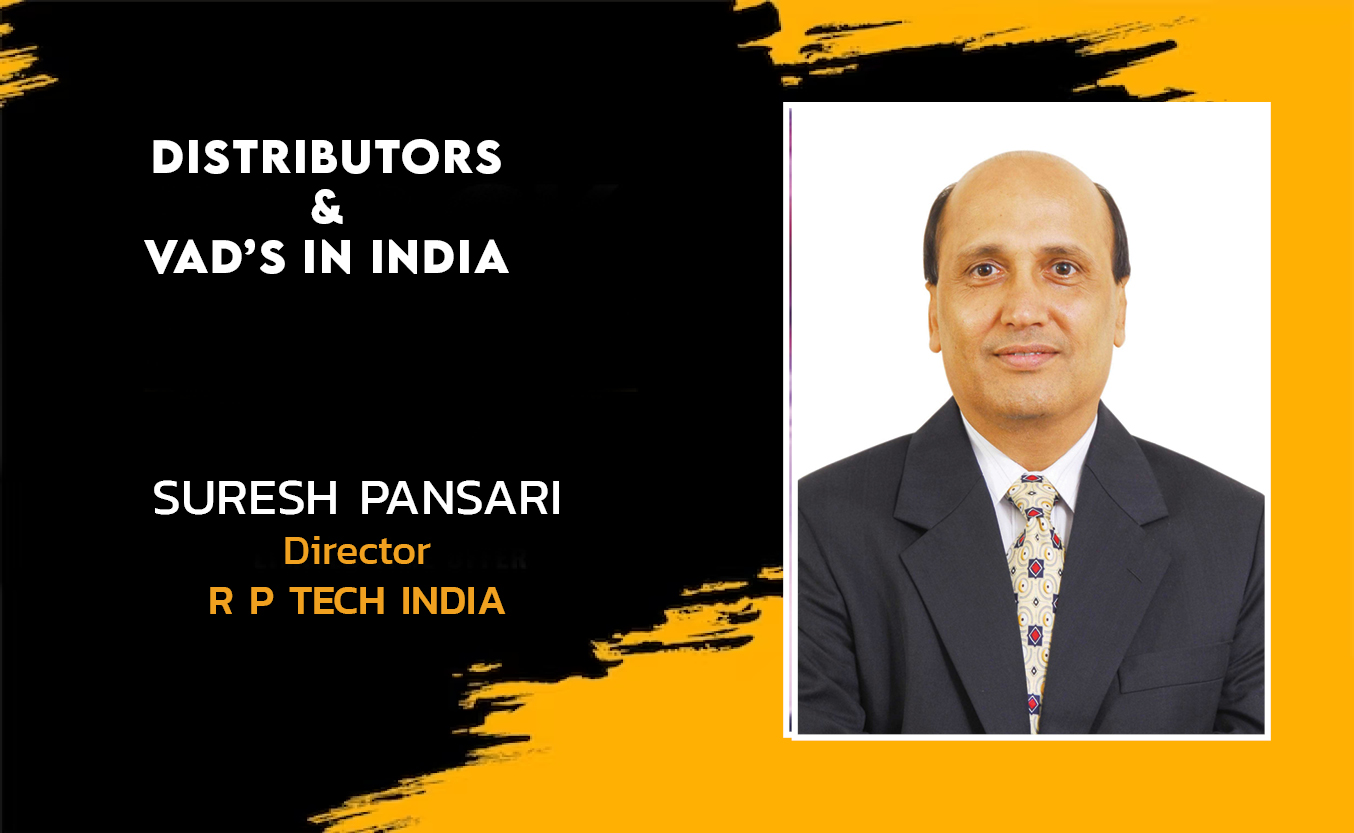
R P TECH INDIA
R P Tech is recognized for its diverse products portfolio, value-add...
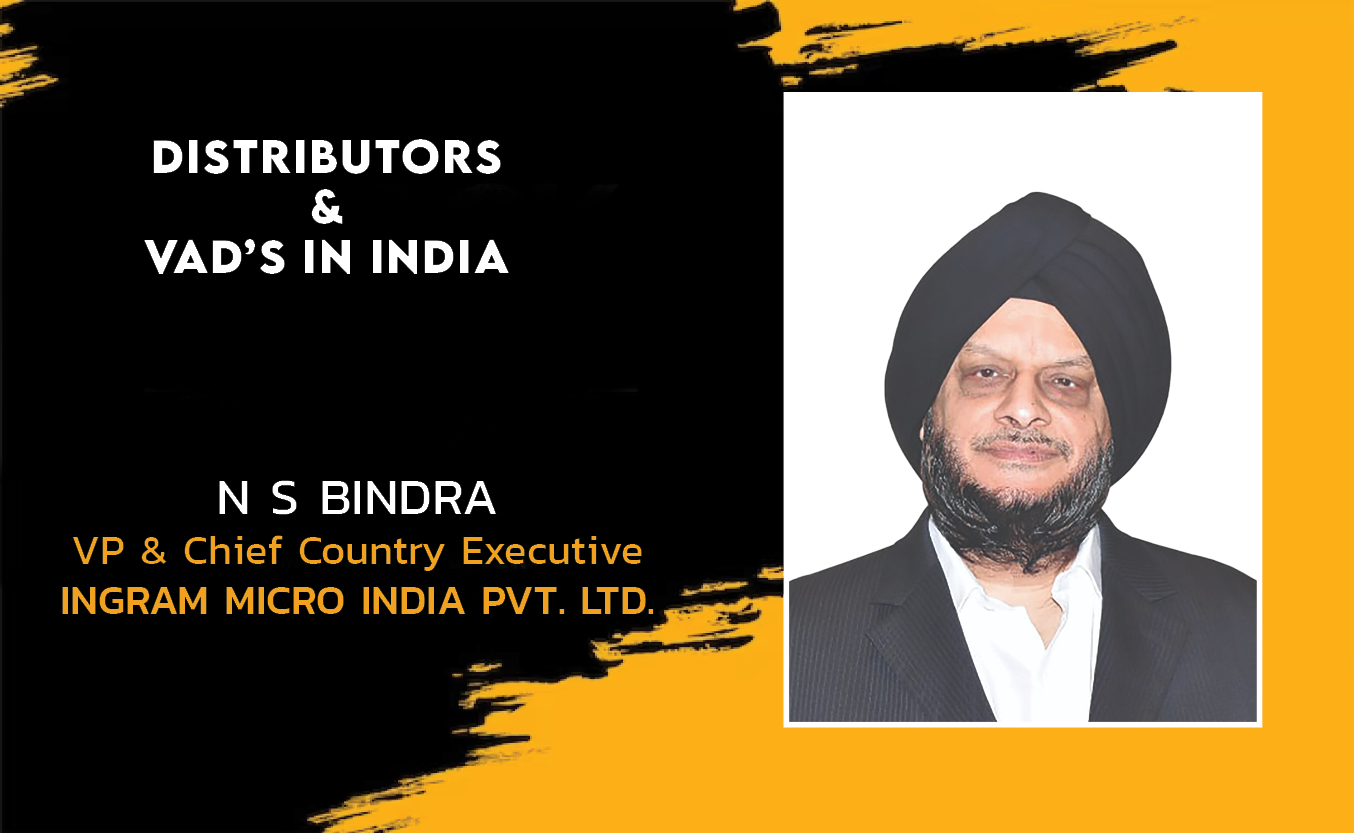
INGRAM MICRO INDIA PVT. LTD.
Ingram Micro India, a large national distributor offers a comprehensiv...
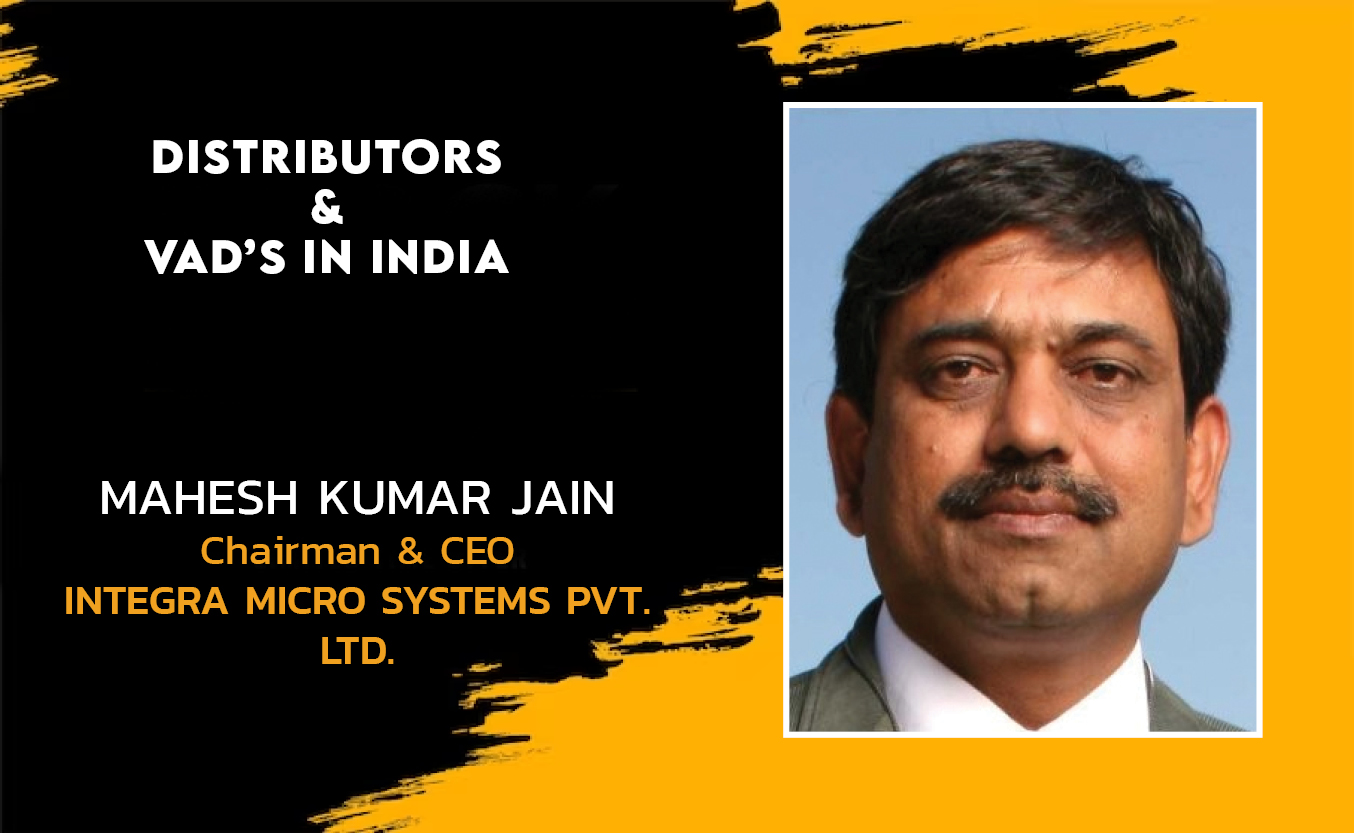
INTEGRA MICRO SYSTEMS PVT. LTD.
Integra is a leading provider of innovative hi-technology products an...